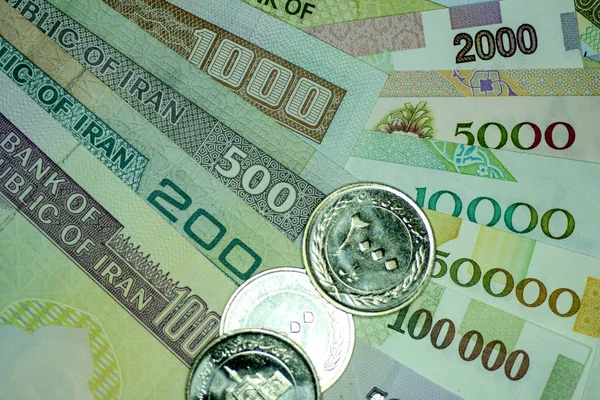
The Role of Leverage in Forex Trading: A Primer for Iranians
Understanding Leverage in Forex Trading
Leverage in Forex trading refers to the ability to control large positions with a relatively small amount of capital. It's akin to taking a loan from a broker to increase potential returns on investment. For Iranian traders, understanding leverage is crucial due to the volatile nature of the Forex market. The concept works by multiplying the trader's potential gains or losses. For instance, a 50:1 leverage means that for every $1 in your account, you can control up to $50 in the Forex market.

Leverage in Forex trading can be a double-edged sword. On one hand, it allows traders to magnify their profits on successful trades. On the other hand, it also increases the potential losses. For Iranians venturing into Forex trading, it’s essential to comprehend how leverage can impact their trades. Here's how leverage functions:
- Margin Requirement: This is the amount a trader needs to open a leveraged position. It's a fraction of the total trade value.
- Trade Size: Leverage determines the size of the trade you can control.
- Potential Profit or Loss: The higher the leverage, the greater the potential profit or loss.
Risks and Rewards of Using Leverage
Leverage in Forex trading is a powerful tool, but it comes with its own set of risks and rewards. Iranian traders must balance these carefully to succeed in the volatile Forex market.

Risks:
- Amplified Losses: Just as leverage can increase profits, it can also magnify losses. A small market movement can lead to significant losses.
- Margin Calls: If the market moves against your position, you may face a margin call, requiring additional funds to keep the position open.
- Market Volatility: Forex markets can be unpredictable, especially for currencies impacted by international sanctions and economic conditions affecting Iran.
Rewards:
- Increased Profit Potential: Leverage allows for larger positions, which can lead to higher profits from successful trades.
- Capital Efficiency: Traders can use a small amount of capital to control large positions, freeing up funds for other investments.
- Flexibility: Leverage provides the flexibility to capitalize on both small and large market movements.
Leverage Strategies for Iranian Forex Traders
For Iranian Forex traders, employing the right leverage strategy is key to managing risks while capitalizing on potential rewards.
Here are some strategies to consider:
- Risk Management: Use stop-loss orders and limit orders to manage risks effectively.
- Leverage Ratios: Choose a leverage ratio that matches your risk tolerance and trading style. Beginners should start with lower leverage.
- Diversification: Diversify your trades across different currency pairs to spread risk.
- Continuous Learning: Stay informed about market conditions and geopolitical factors that may affect the Iranian Rial and other currencies.
Comparing Leverage in Different Markets
Table Header: Comparison of Leverage in Various Financial Markets
| Market Type | Typical Leverage Ratios | Risk Level | Suitability for Iranians |
|---|---|---|---|
| Forex | Up to 50:1 | High | Suitable for experienced traders |
| Stocks | Up to 2:1 | Moderate | Suitable for beginners |
| Futures | Variable | High | Suitable for professionals |
| Cryptocurrencies | Often 10:1 or higher | Very High | Suitable for risk-tolerant traders |
In conclusion, leverage plays a pivotal role in Forex trading, especially for Iranian traders navigating a complex economic landscape. By understanding and strategically using leverage, they can enhance their trading outcomes while managing the inherent risks. It's essential to approach Forex trading with a balanced perspective, recognizing both the opportunities and challenges presented by leverage.